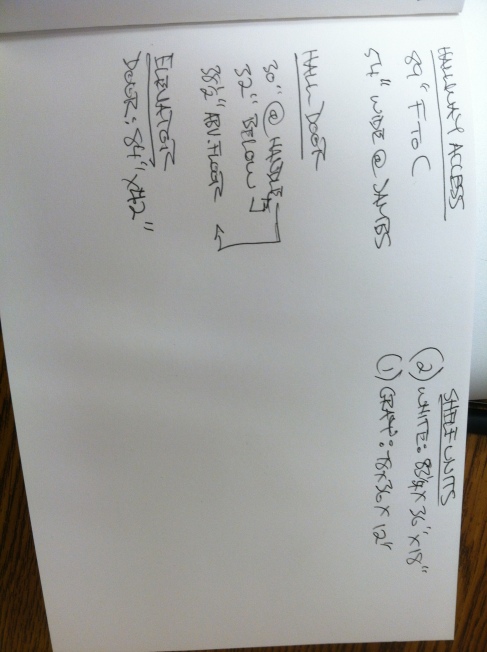Crossed posted from Empathetics.org
__

Of late, folks in my corner of the educational world have been jazzed about the intersections of maker culture and education. I’m super excited too – and even pleasantly surprised. A couple of years ago the bigger trend in my world was about games and learning, and while that’s certainly not gone away, the prominence of the more open-ended, tinker-oriented maker work has had a serious surge lately.
Audrey Watters over at HackEducation called the Maker Movement one of the top ed-tech trends of 2012. The burgeoning ed-tech news aggregator EdSurge has managed a good deal of reporting on Maker and DIY learning amidst its usual grind of MOOC’s and Learning Management Systems. Mozilla has fully embraced the “making is learning” stance in positioning its Webmaker initiative, which I’ve written about before (and, full disclosure, contribute to on occasion). And my own lab here at Indiana University just last week publicly launched the Make-to-Learn initiative, a research focused collaboration including some fantastic organizations including MIT’s LifeLong Kindergarten Group, the National Writing Project, Instructables and the MacArthur Foundation, among others.
Clearly, making and learning is hot. And as with all things trendy, it’s easy for the core message to get lost amidst the hype. That’s why I want to (briefly) address a question any edu-hype-skeptic should be asking right now: Is making, in fact, learning?
The short answer: yes, but it’s complicated. The longer answer is that the best maker-driven learning is never just about the making. It’s about all the things that happen around the making. That initial spark of curiosity, the investigation and early tinkering, the planning and research that follow, the inspirations and appropriations from other projects, the prototypes, the failures, the feedback, and, perhaps most importantly, the iterations upon iterations towards a better make. All of these acts are done in and contingent on well configured social contexts, in communities of practice and affinity spaces. This all goes back to core ideas of Constructionist learning theory and the foundational work of Seymor Papert. And it’s why I prefer talking about the Maker Movement as having strong lessons for learning, as opposed to just making, which can be construed as more solitary. Making in and of itself can sometimes involve the sorts of steps I described here, but not always. That’s why the answer is complicated. I’m willing to say that someone is always learning something when they’re making, but they learn best when it entails the sort of process, community and well configured structures of participation I describe above.
When I went to the Maker Faire last September, I wrote about how a revamped pinewood derby was set up in such a way that it embodied principles found in well designed learning environments. I talked about things like multi-generational engagement, clear contexts for using what’s being created, multiple avenues to success yet transparent and clearly defined standards. All of these things are about the interactions that are possible within a larger culture of making. Obviously, it’s the act of making that ties all of these interactions together, but the story around how the learning happens is always more complicated than the simplified idea that “making is learning”.
My sense is that so many of the folks taking up the making and learning mantle are nodding to all the things I’m saying here. These insights are obvious to anyone who thinks for more than a minute about what it means to be making in a way that might support robust learning via real world contexts. And the initiatives I’ve mentioned reflect this understanding. Mozilla is dedicated to creating a robust mentor community around Webmaker. The almost 25 thousand folks taking the MIT Media Lab’s Learning Creative Learning MOOC will be getting a healthy dose of Papert as they learn about maker-oriented learning environments. And reading Audrey Watters’ recent post on the case for a campus Makerspace tells me that she gets what this is all about too. I just want to make sure we keep the complexity, nuance, and real power of this pedagogical approach in mind as we start to build a movement around it. It would be such a shame if we watered down the real power of maker-driven learning.






